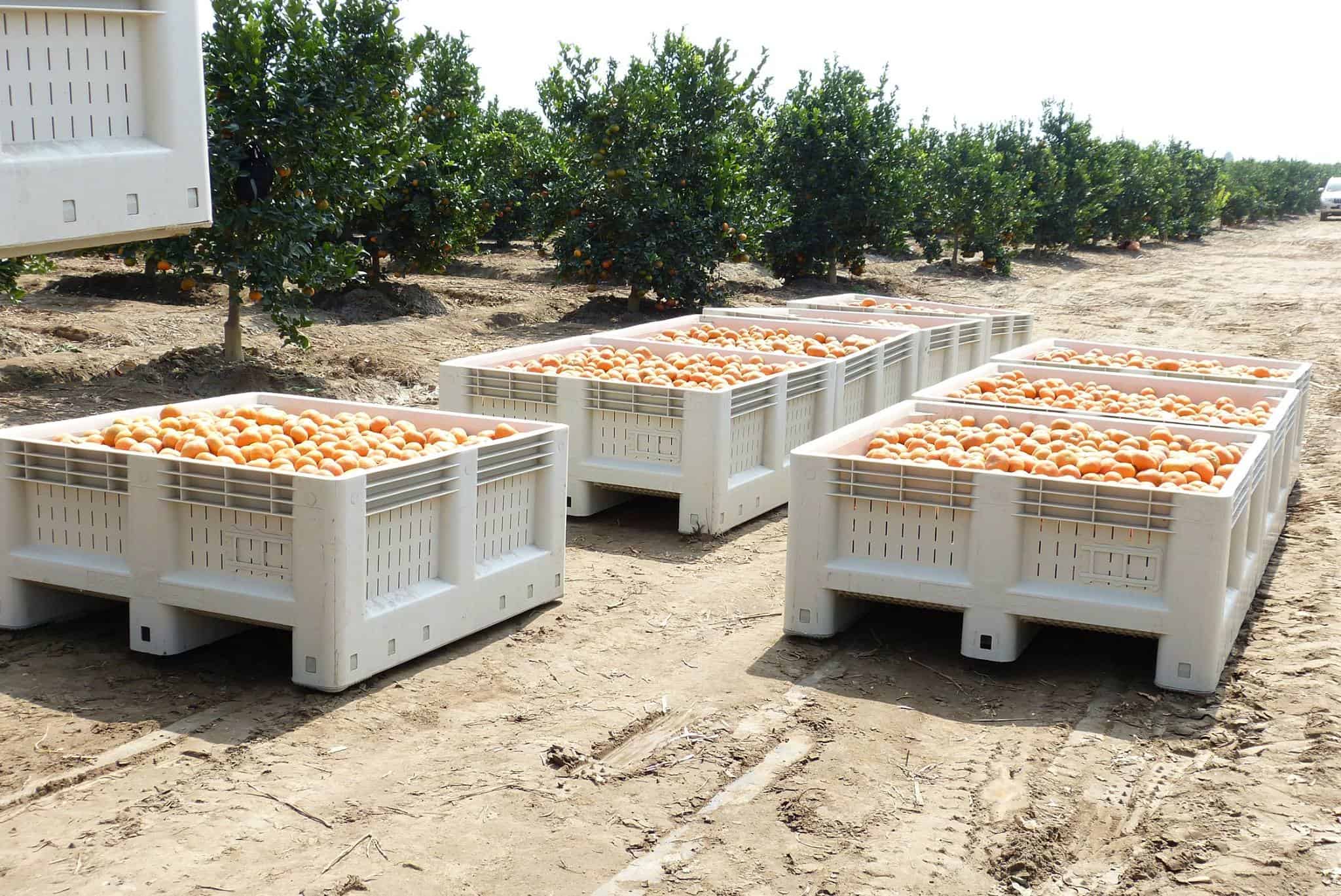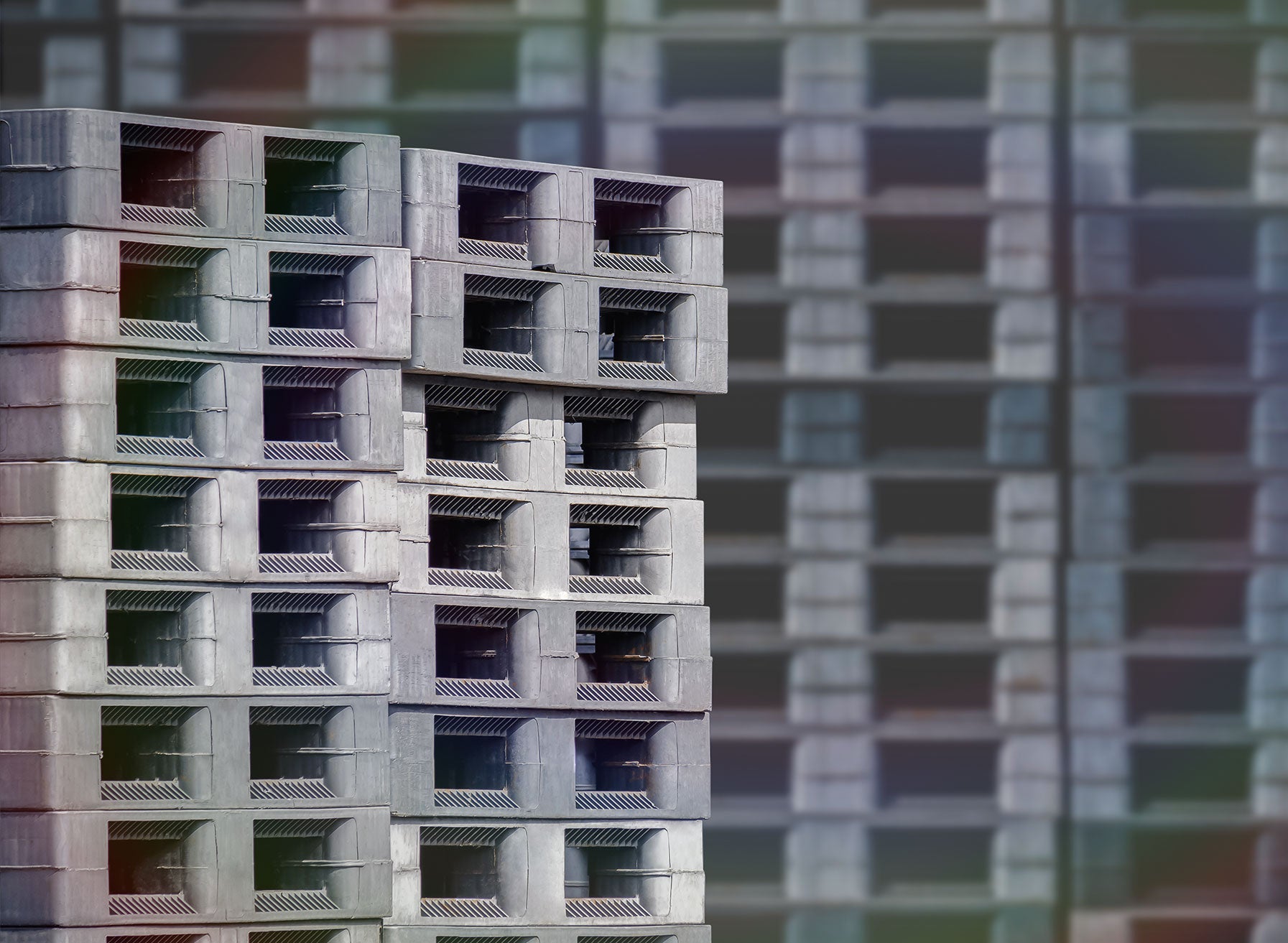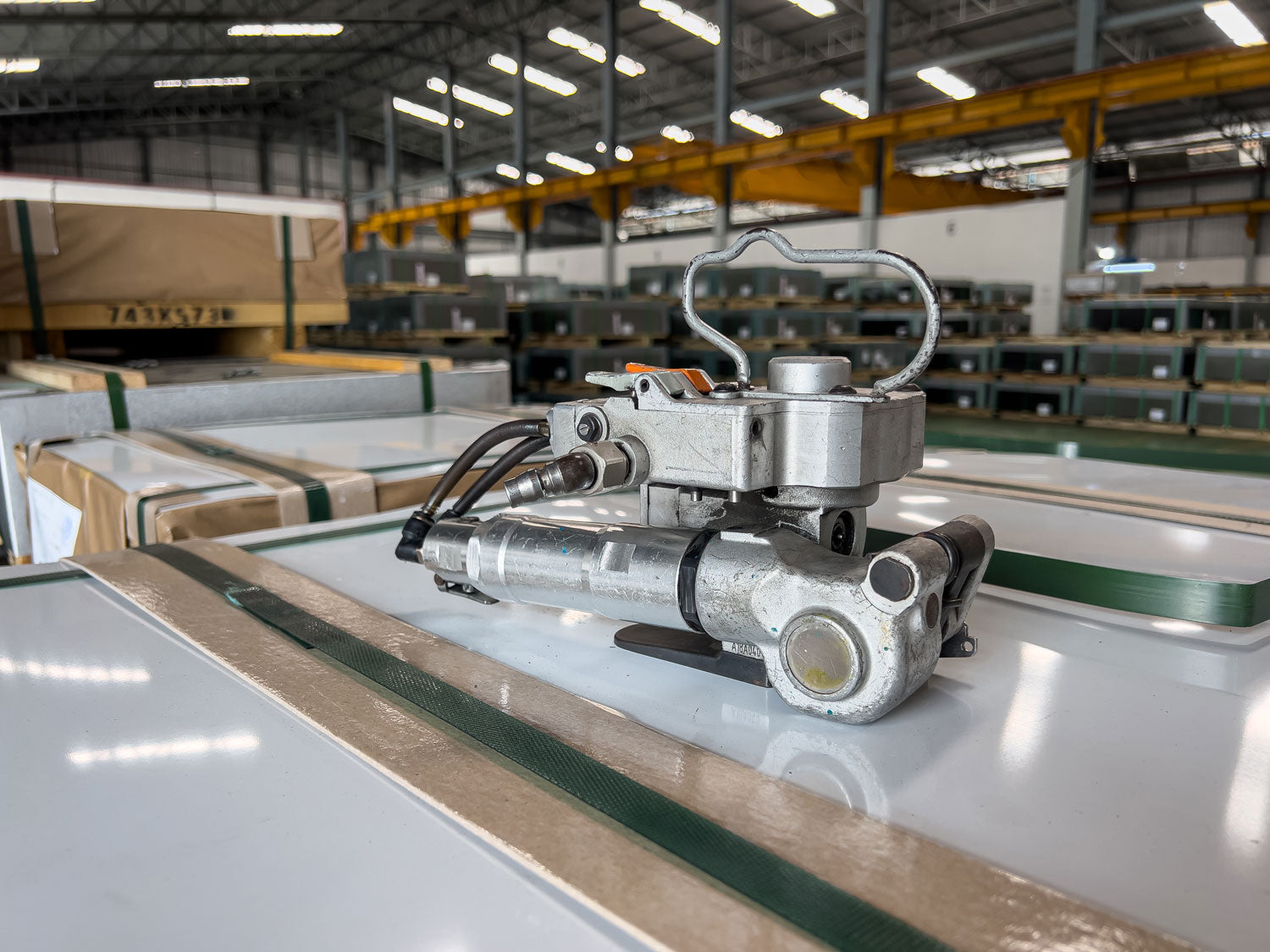Winning at Warehouse Tetris: 6 Steps to Smarter Storage
In the world of warehousing, space is money. Whether you're handling solar panels, fresh produce, electrical components, or consumer goods, space must be optimized, products protected, and operations flowing.
It’s a high-stakes game of Tetris where the blocks are unpredictable and fragile (and the game never stops).
1. Find the Perfect Fit
Plastic pallets and collapsible bulk containers are the building blocks of warehouse efficiency.
Choosing the right packaging can mean the difference between a cluttered, chaotic storage system and a well-oiled logistics operation.
Plastic pallets offer durability and consistency that traditional wooden pallets just can’t match. Collapsible bulk containers streamline storage, keeping products organized while minimizing wasted space in warehouse racking systems.
2. Protect Products with Purpose
Beyond space optimization, safeguarding your products is essential. Reusable packaging offers superior protection compared to single-use or wooden options. They shield valuable goods from dust, debris, and impact while providing consistent, stackable support for:
- Solar panels and renewable energy equipment that are fragile and must stay clean and secure.
- Electrical components like wiring, switchgear, and transformers that need protection from dust and moisture.
- Agricultural goods like fruits, nuts, and vegetables that benefit from ventilated, washable bins.
-
Automotive and industrial parts that require durable storage for heavy or oddly shaped items.
You can even customize reusable packaging with internal dividers, foam inserts, or lids for added protection.
3. Maximize Vertical Space
Just like in Tetris, vertical space is gold. Reusable packaging is engineered for stackability and uniformity, helping you increase storage density without sacrificing safety.
Rackable pallets, stackable containers, and high-density racking systems help you take full advantage of every cubic foot—keeping stacks stable and products secure, whether you’re storing delicate solar modules or rugged engine components.

4. Track Everything, Smarter
Reusable packaging isn’t just durable—it’s smart.
Add RFID tags, barcodes, or QR codes to unlock real-time visibility into:
- Inventory location and status
- Container usage and rotation
- Return logistics and asset tracking
This level of insight is a game-changer for manufacturers, electrical distributors, agricultural operations, and 3PLs. It helps reduce shrinkage, improve accountability, and support smarter forecasting.
5. Sync Up with Suppliers
To get the most out of reusable packaging, collaborate with your upstream suppliers.
Shared container programs and consistent labeling (barcodes or RFID) streamline handoffs, reduce repacking, and protect products during transfers.
For example, solar panel manufacturers, agricultural producers, and electrical equipment suppliers can ship products in trackable, reusable containers that integrate directly into your warehouse flow—saving time and reducing waste at every stage.
6. Play the Long Game
Reusable plastic pallets and bins deliver long-term value.
They last far longer than wood, resist moisture and impact, and eliminate the need for frequent replacements. Over time, they help you:
- Reduce total packaging spend
- Improve product integrity
- Support sustainability goals by minimizing single-use waste
Ready to level up in Warehouse Tetris?
Let’s talk. We’ll help you find the right reusable packaging solution for your operation.








